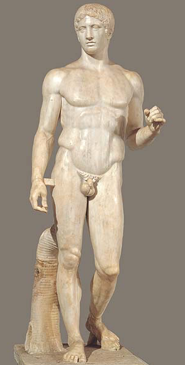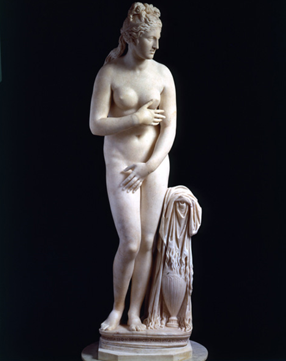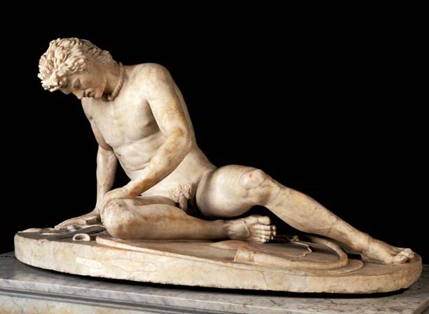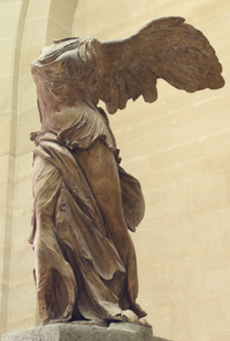Greek Sculpture Review
1/11
Earn XP
Description and Tags
"Art reflects culture, so a change in art means a change in culture!"
Name | Mastery | Learn | Test | Matching | Spaced |
|---|
No study sessions yet.
12 Terms
Archaic Period
Human figure has potential for movement; first main period of Greek Sculpture
Classical Period
Greater degree of naturalism, emphasis on ideal ratios, frequent use of contrapposto
Hellenistic Period
Diversity of ages, poses, ethnic types, with a tendency toward the dramatic.
Contrapposto
A human figure standing with most of its weight on one foot, with the opposite hip rising. Italian origin, often seen in Greek sculpture.
Humanism
The belief that man is the measure of all things.
Idealism
Exaggerated proportions, based on the “perfect”, yearned after aspects of a person which differs culture by culture.
Naturalism
A figure that resembles the human body, proportions, and features accurately

Metropolitan Kouros, c. 600 BCE
Archaic Period
“Kouros” = boy.
Shows the Greek value of Naturalism and Humanism, is very stiff, with an idealization of nudity and power in men.
There is potential for movement.

Doryphoros (Spear Bearer), c. 450-440 BCE
Classical Period
Marble copy after a Greek bronze original by Polykleitos
Represents Greek pursuit of the perfect human representation through use of mathematical ratios and proportions, while also being one of the most famous examples of contrapposto
Known as the Canon (5th century by Polykleitos), which depicted “perfect” as an athletically built nude male

Capitoline Venus, 2nd century CE
Classical Period into Hellenistic (shows diversity in nudity)
Roman copy after a Greek original, “Aphrodite of Knidos” in 2nd century BCE; this was the first example of female nudity in clothing which was very rare prior to this statue
Venus was the goddess of love, beauty, and sexuality
“Kore” = Female; Kore sculptures were typically draped in clothing before this statue

Dying Gaul, c. 230-220 BCE
Hellenistic Period, diversity in ethnicity (Gauls rather than Greeks)
Marble copy after a Greek bronze original, showing better materials available in the Hellenistic Period
Realistic anatomy, dynamic posture (lying posture on his side), and a rich, emotional expression of defeat and despair.
Naturalism and some Idealism (Canon) is shown in how muscular he is even in his final moments

Nike of Samothrace, c. 190 BCE
Hellenistic Period
Victory statue; Nike is the goddess of victory
Naturalistic with VERY dramatic movement, showing the diversity of the Hellenistic period
Very dynamic, showing draped clothing blowing in the wind. It is broken apart, but shows open wings as if she was landing.